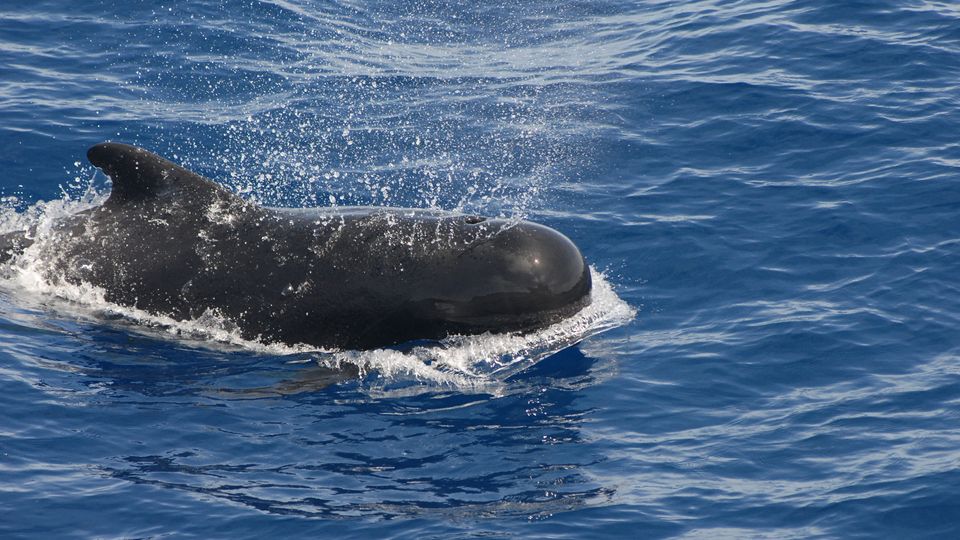The Brains of Some Stranded Dolphins Show Alzheimer’s-Like Changes

Brain changes associated with human Alzheimer’s disease have been observed in the brains of stranded dolphins, according to a newstudypublished in theEuropean Journal of Neuroscience.
Unraveling a possible cause of stranding events
Cetaceans such as whales, dolphins and porpoises are regularly found stranded around the UK coastline, either on beaches or trapped in shallow waters. Despite the best efforts by rescuers and experts, not all stranded animals can be saved, and some will inevitably perish.
However, it remains unknown why live stranding events of individuals or even whole groups (pods) of these creatures occur. In a group effort between the universities of Glasgow, St Andrews and Edinburgh as well as the Moredun Research Institute, researchers have studied the brains of 22 toothed whales (odontocetes) that were found stranded in the coastal waters of Scotland.
Individuals from five separate species of odontocete – Risso’s dolphins, long-finned pilot whales, white-beaked dolphins, harbor porpoises and bottlenose dolphins – that were found stranded were selected for the study. Pathological brain changes associated with human Alzheimer’s disease – such as amyloid-beta plaques, accumulation of phospho-tau and gliosis (a change in the number of glial cells in response to damage) – were detected in at least four individuals from different species.
Of note, three of the animals – each from a separate species – were found to have accumulations of amyloid-beta plaques in addition to a number of other dementia-associated hallmarks. However, it is unclear whether these animals would have experienced any of the cognitive changes observed in Alzheimer’s disease in humans.
Evidence for the “sick-leader” theory
Dr. Mark Dagleish, lead author of the study and senior clinician in anatomic pathology at the University of Glasgow, explained: “These are significant findings that show, for the first time, that the brain pathology in stranded odontocetes is similar to the brains of humans affected by clinical Alzheimer’s disease. While it is tempting at this stage to speculate that the presence of these brain lesions in odontocetes indicates that they may also suffer with the cognitive deficits associated with human Alzheimer’s disease, more research must be done to better understand what is happening to these animals.”
The authors of the study suggest that this may support the “sick-leader” theory, in which an unhealthy individual that has become confused or disorientated can lead the following members of their pod into dangerously shallow waters resulting in a live-stranding event. Nevertheless, further work is necessary to determine whether these pathological changes do indeed contribute to the accidental stranding of these marine mammals.
Reference:弗吉尼亚州cher MC, Durrant CS, Rose J, et al. Alzheimer’s disease-like neuropathology in three species of oceanic dolphin.Eur. J. Neurosci. 2022. doi:10.1111/ejn.15900
This article is a rework of apress releaseissued by the University of Glasgow. Material has been edited for length and content.




